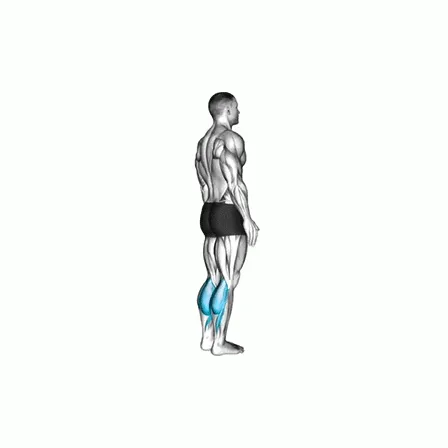Pushup Techniques for Effective Home Workouts
Push-up Exercise Instructions
-
Get into a High Plank Position
- Place your hands flat on the floor, shoulder-width apart, fingers facing forward.
- Your feet should be together or slightly apart, with your toes on the ground.
- Your body should form a straight line from your head to your heels. Keep your head neutral, looking slightly ahead of you.
-
Engage Your Core and Glutes
- Tighten your core muscles and squeeze your glutes to prevent your hips from sagging or lifting.
- Your back should remain straight, and your body should stay aligned.
-
Lower Your Body
- Slowly bend your elbows, keeping them at a 45-degree angle to your body (not flaring out too wide), and lower your chest toward the ground.
- Lower until your chest is about an inch or two from the floor (or as low as you can comfortably go while maintaining form).
-
Push Back Up
- Press through your palms, extending your elbows to push your body back to the starting position. Keep your core tight and body aligned as you rise.
-
Repeat
- Perform the desired number of repetitions, ensuring that each one is controlled and with proper form.
Push-up Exercise Tips
-
Keep a Straight Line
- Your body should form a straight line from your head to your heels throughout the movement. Avoid letting your hips sag or lifting them too high, as this can strain your lower back.
-
Engage Your Core
- Maintain tension in your core to stabilize your body. A weak core can lead to improper form and potentially cause injury.
-
Control the Movement
- Focus on controlling both the downward and upward motions. Lower yourself slowly to maximize muscle engagement and prevent momentum from taking over.
-
Breathe Properly
- Inhale as you lower your body, and exhale as you push back up. Proper breathing ensures that you maintain your energy and perform each rep effectively.
-
Avoid Flaring Your Elbows
- Keep your elbows at a 45-degree angle to your body as you lower. Flaring them out too wide can put unnecessary strain on your shoulders and lead to injury.
-
Modify If Necessary
- Knee Push-ups: If a full push-up is too challenging, drop your knees to the floor while keeping your body in a straight line from your head to your knees.
- Incline Push-ups: Use an elevated surface (like a bench or step) for your hands to reduce the intensity while still practicing good form.
-
Hand Placement
- Place your hands slightly wider than shoulder-width apart. Your fingers should be pointing forward, and your palms should be firmly planted on the floor. Incorrect hand placement can reduce the effectiveness of the push-up or cause wrist strain.
-
Use Variations for Different Muscles
- Diamond Push-ups: Place your hands closer together to target the triceps more.
- Wide Push-ups: Place your hands wider apart to focus more on the chest.
- Plyometric Push-ups: Add a small jump at the top of the movement for a more explosive, cardio-intensive variation.
-
Start with Small Sets
- If you’re new to push-ups, start with smaller sets (e.g., 5-8 reps) and gradually increase as your strength improves. Quality reps are more important than quantity.
-
Rest When Necessary
- If your form starts to falter (e.g., hips sagging, elbows flaring, or back arching), take a rest. Performing push-ups with poor form can lead to injury.














